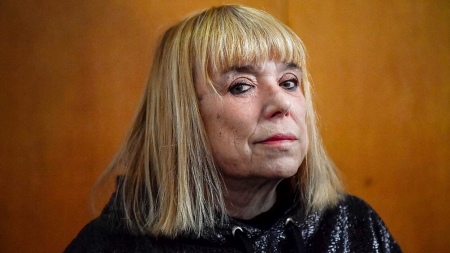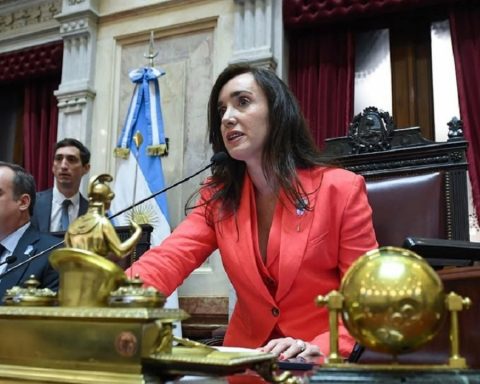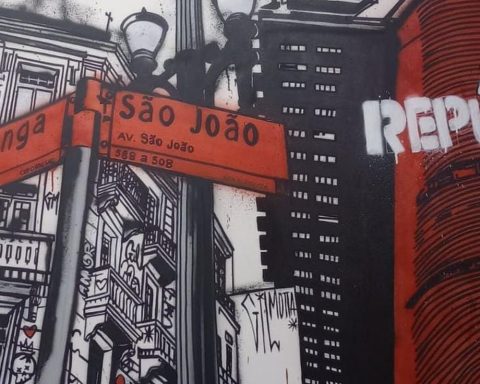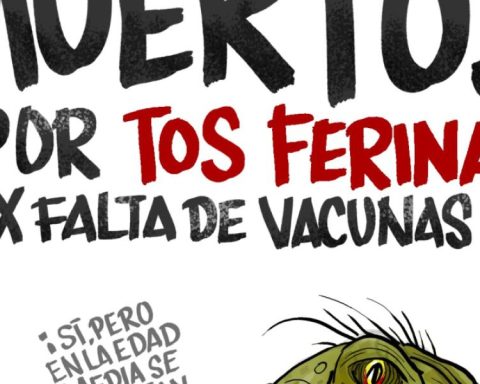
The updated edition of the novel “The Skeffington affair”by the writer and journalist María Moreno, also the author of the books on non-fiction “El Petiso Orejudo” and “Pamphlet, erotica and feminism”puts different times in dialogue and tension with the imagined biography of Dolly, the poet who wanders the Parisian streets of the first decades of the 20th century, in contrast to the early 90s when this novel appears, which in its new edition adds new poems, written after the ACV that the writer had last year.
In the text, published by Random House, a writer named Olivia Strethorse appears under the pseudonym Dolly Skeffington. Dolly’s theories are those of the writer and journalist born in Buenos Aires in 1947. Attributing them to her character allowed the author to leave those ideas in draft hypotheses, sentences without evidence. At the same time, Moreno updated the polemics on lesbian feminism that developed during the democratic transition.
“The true end of Skeffington: his verses come to my mind in moments of ultimate despair, of cessation of the meaning of all life; for those lame rhythms and clumsy Spanish I cling again to its edges. For the story of those experiences that do not belong to me, I can recognize myself and gather all my parts, a fact that is not without the influence of Dolly Skeffington’s theories,” the author writes at the end of the book.
brown, what since 2020 she is director of the Museum of Books and Languagean annex to the National Library of Argentina, suffered a cerebrovascular accident in July 2021 that led her to write a letter read by the writer Inés Ulanovsky in September of last year when the institution was reopened to the public: “That the Museum of Book and Language is directed by someone who has suffered the effects of a stroke, among which is severe dyslexia, that is, who feels a bitter taste in the language of the body and that of the soul, according to an elegiac phrase from Don Leopoldo Marechal in his ‘Adán Buenosayres’ seems like a work by Copi; but since life has the most extravagant arguments, it is despotically real,” he said at the time.
– How did Dolly start to come to life in the 90s?
– The beginning of “The Skeffington affair” was chemical. A tumor without prestige due to its absence of danger required periodic medication. Pink pills containing an opium derivative lessened the pain but did not make it go away. Under its effect, on the border between sleep and wakefulness, I thought I was hearing individual sentences that seemed to me well formed and in which I recognized the echo of the poems of North American poets translated by Diana Bellessi. So I put some of those sentences together to compose paragraphs that could have been called poems if I hadn’t thought of them, in a way, beyond my control. Then I typed them and forgot them, urged to write journalistic notes. A second moment occurred on a trip to Tigre with Mercedes Roffé, in which we saw a young blonde girl dressed in vintage clothing who sat at the end of the boat. I convinced Mercedes that it was an apparition. The ghostly figure got off at the Iceland dock, belonging to Dolly Basch’s house. For this reason I baptized the supposed author of my hypnotic dictations “Dolly” and I called her “Skeffington” as a tribute to Bette Davis for her role in “Mrs. Skeffington”.
– From that first moment to the present, did the contexts of the novel change significantly?
– The first edition was in “Bajo la luna” in 1992. It was a time when there was a great presence of psychoanalysis and structuralism, of European literary currents. “Vienna end of the century” could be a dossier. I don’t remember a nagging question about genders. It never occurred to anyone to ask what the Lamborghini texts were. There was little theory about the women’s artistic communities in the early 20th century that were central to modernism. Many thought that I had invented everything but in the book the only character that did not exist is Skeffington. I think that the entire text is naively prophetic. The “itinerant structure” of the character can be translated into gender fluid today. There are trans characters, conceptual art, performance, things that can now be read more familiarly. The trick is that in 1990 I was writing things that supposedly had happened in the 20s and 30s.
– Do you believe in generic literary categories considering that your novel crosses narrative and poetry?
– No, of course, otherwise we would say that a trans person is a novel and a woman, a non-fiction.
– Who or who were intellectual models to create Dolly?
– That bogus scholarship comes from the books listed in the references. Especially from “The Women of the Left Bank.” But the background of the game is in “Pale Fire” by Nabocov and “The poems of Sidney West” by Juan Gelman. But my immediate inspiration was a program from the series “El monitor argentino” in which Jorge Dorio and Martín Caparros had created an apocryphal author named José Balbastro.
– How does the change appear in the look of women and the world of women who love other women?
– The “change” is a continuity but less clinging to identity politics.
– This new opportunity after the ACV, how does it make you see reality and fiction?
– The ACV gave an unexpected role to my left hand, which is slow and makes many mistakes, which also delays my associations. Surely I have renounced the baroque that now makes me impatient. I think a cataclysm happened to me from which I can’t recover, but since the old desires, even the old neurosis, prevail over any cataclysm, I’m going to end up writing about it.
– How is intellectual work articulated with the public function in your case?
– The broken languages that are discriminated against, the bodies not normalized by the bipedal position, their inventions, are welcome at the Museum of the book and language. They are not things with separate functions. Having edited the song “La Babel del odio, politicas de la lengua en el fronte antifascista” by Luis García, seems to me to be an intellectual and public intervention with many comrades behind it, long before it became tragically fashionable. In that book there is a quote by Jaureche that is urgent today: “The crowd does not hate, they hate minorities, because winning rights causes joy, while losing privileges causes resentment.”


















